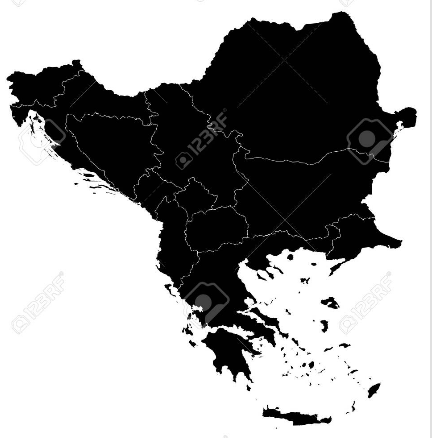Stock markets have been rocked by volatility, and uncertainty for companies involved in global supply chains is growing following the announcement of major tariffs by the US government, reports Euronews.
The EU will now face a 20 percent tariff on its exports to the United States. Higher tariff rates will apply to China (34%), Japan (24%), India (26%), and other countries.
The United Kingdom, Brazil, Australia, and Turkey will face the lowest tariff rate of 10%, while Canada and Mexico are excluded for USMCA treaty-compliant goods.
But while exporters brace for impact, Washington's shock move may not mean economic hardship for consumers. In fact, it could lead to cheaper goods at home, at least in the short term.
At the heart of the matter is Europe's long-standing trade surplus with the US.
According to the European Commission (EC), in 2023 the EU exported EUR 503.8 billion worth of goods to the US and imported EUR 347.2 billion - a trade surplus of EUR 156.6 billion.
The picture changes when it comes to services, with Europe importing EUR 427.3 billion and exporting EUR 318.7 billion. A large part of services imports is linked to the American technology giants.
However, the EU still maintains a positive overall trade surplus with the US.
This background is important. If the US were to impose a 20% general duty on EU goods, the brunt of the impact would fall disproportionately on European exporters.
All other things being equal, European products have just become 20% more expensive in one of their most important markets, which risks a significant loss of competitiveness.
A pint of Italian Parmesan or a bottle of French wine, for example, will suddenly become 20% more expensive for American consumers.
European cars, in particular, could be severely affected. As the duties on cars are already 25%, the additional 20% could make them uncompetitive and possibly drive them out of showrooms in the US. The US accounts for around 12% of total EU exports, which means that replacing this demand overnight is almost impossible.
As demand in the US decreases, stocks could build up in Europe and other countries. This means more goods for the domestic market, which in turn could lead to discounts and lower prices for European consumers. In the short term, this could lead firms to unload excess stocks on the domestic market, which would increase price competition and potential discounts.
At the same time, there is a risk that the European market will be flooded with goods diverted from other major exporting countries - such as China, Japan and India - which also face major trade barriers in the US. This additional wave of global supply could further increase inventories and intensify downward pressure on prices across the continent.
In other words, a trade shock that weakens external demand could ironically translate into moderate disinflationary pressures in Europe, at least temporarily.
Europe's trade surplus with the United States is highly concentrated in a few key sectors. According to the International Trade Centre, the leading surplus is EUR 57 billion in the pharmaceuticals sector, followed by the vehicles sector (EUR 44 billion).
The beverage industry contributes a further EUR 8 billion, while ships and boats contribute EUR 5.4 billion. Luxury goods - including leather goods, clothing and footwear - provide a total surplus of €9 billion. If demand in the US market weakens, these sectors risk building up unsold inventories.
In the short term, European consumers could benefit from lower prices for pharmaceuticals, vehicles, clothing and even food and drink.
One of the main drivers of inflation in Europe in recent years has been energy costs, as the bloc remains heavily dependent on energy imports.
In 2024, Europe will import €700 billion worth of energy products - including crude oil, natural gas and refined fuels - resulting in a trade deficit in the sector of €346 billion.
Yet early market reactions to Trump's tariffs suggest that energy-related inflation fears are easing, not accelerating.
Crude oil prices fell by more than 3% on 3 April and the European benchmark Dutch TTF natural gas by 2% amid expectations of a slowdown in global demand due to reduced trade activity.
At the same time, fears that a sharp depreciation of the euro could fuel import-driven inflation were not borne out. Instead, the euro strengthened, rising more than 1.5% to 1.10 against the dollar, marking a six-month high.
In summary, US products make up a smaller portion of European consumer baskets compared to the reverse. European consumers may surprisingly find themselves on the winning side of an otherwise bitter global trade war. | BGNES

 Breaking news
Breaking news
 Europe
Europe
 Bulgaria
Bulgaria







